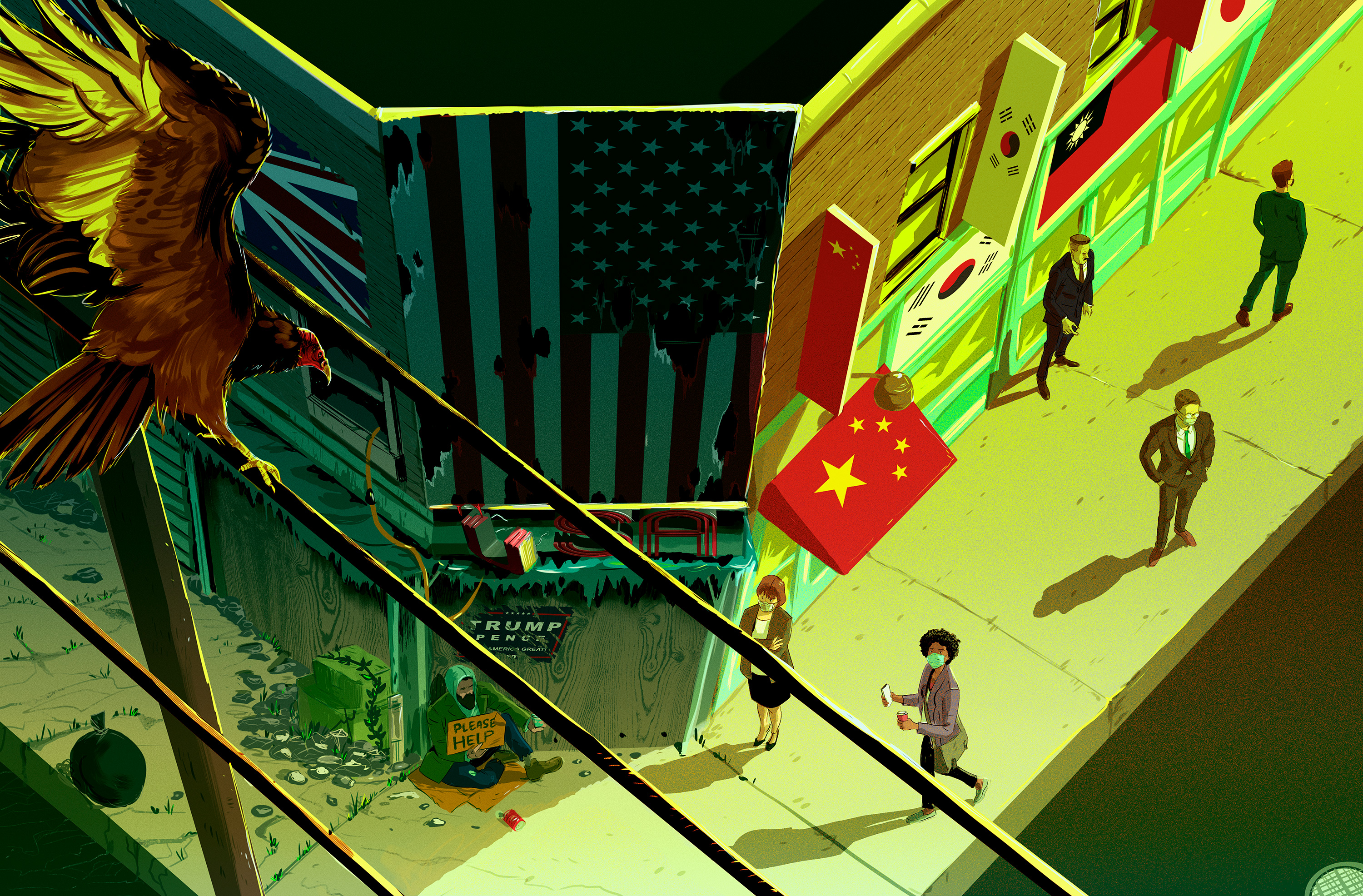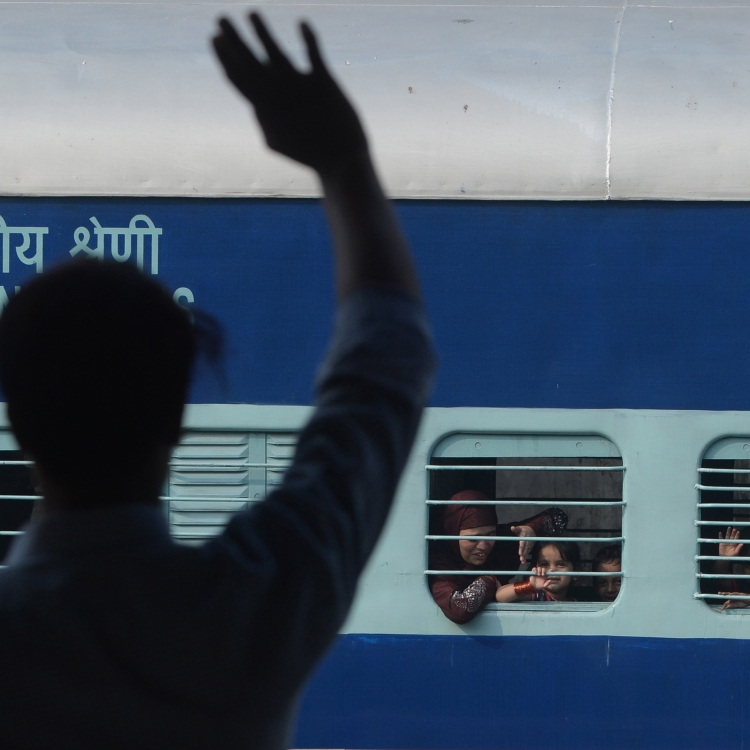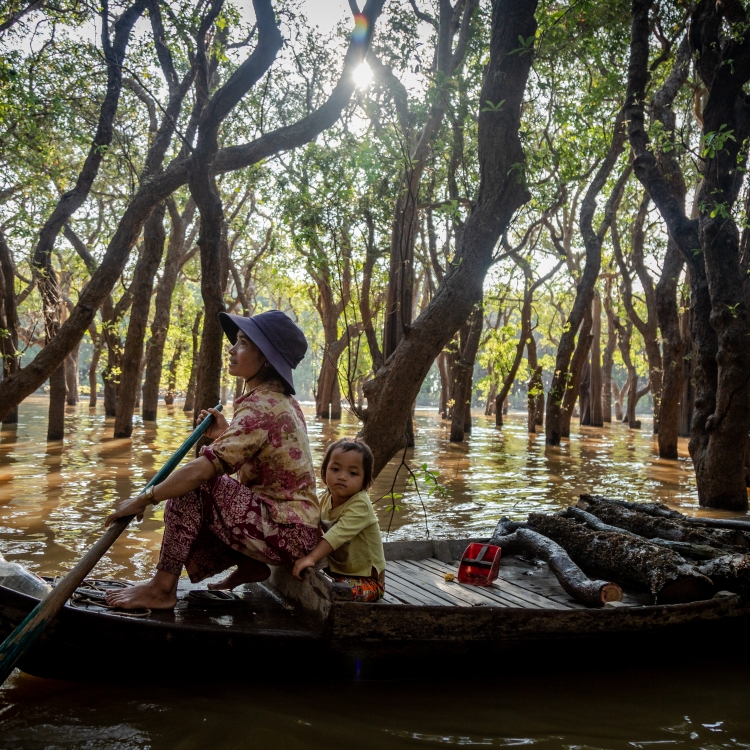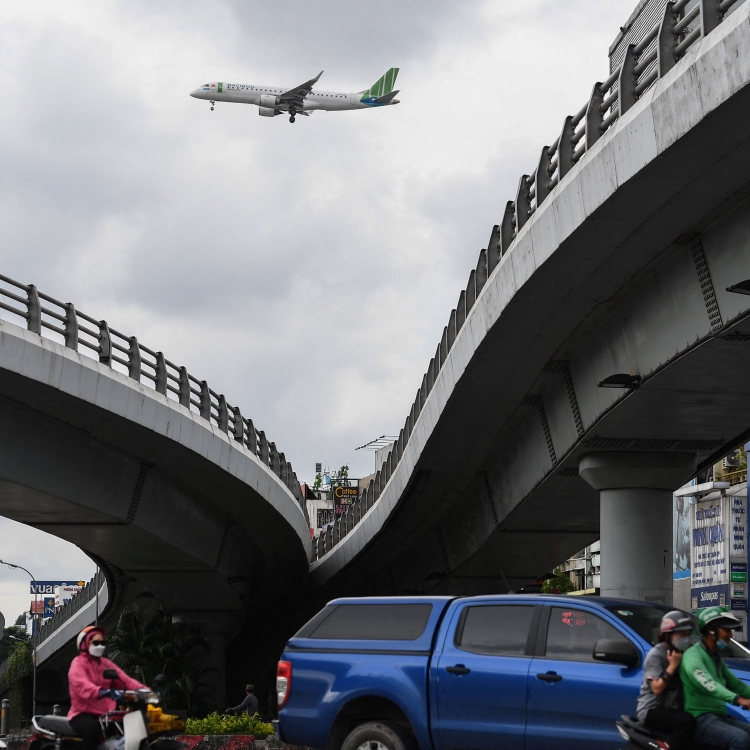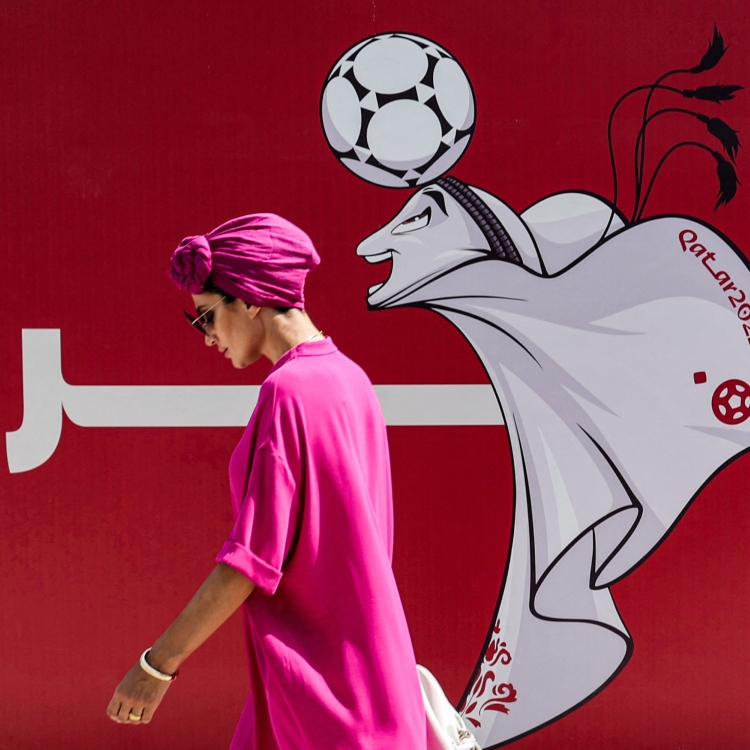magazine text block
In the first months of the pandemic, some American commentators deployed an epochal metaphor: The spread of the coronavirus in China was Beijing’s Chernobyl, a hideous disaster made worse by the opacity and cynicism of the country’s authoritarian system. The city of Wuhan fell under a draconian lockdown that, in its own way, seemed to capture the lurking dread behind the Soviet response in 1986. Panicked governments elsewhere shut down travel to and from China. An information blackhole settled over the outbreak’s epicenter. A whistleblower was punished, only to be awkwardly rehabilitated after succumbing to the disease.
Now, though, the story is astonishingly different. The Chinese coronavirus death toll — at least the officially-sanctioned statistic — is a fraction of that of some major countries in the West, and dwarfed by that of the United States. As lockdowns and social distancing measures continued to define life on both sides of the Atlantic, a kind of normalcy had returned in China by the late summer. Wuhan’s night markets were once again packed, its residents waltzed by the Yangtze, and young people crammed in close quarters at music festivals.
If the shadow of Chernobyl loomed anywhere, it was in the United States. A thousand Americans were still dying every day from the virus in the first weeks of November, and even the president himself had tested positive. More Americans were killed by coronavirus in the space of less than a year than over a half century of U.S.-led war efforts, from Korea to Vietnam to Iraq. Tens of millions of Americans lost their jobs, with U.S. unemployment reaching levels not seen since the Great Depression. While other countries dealt with the arrival of a “second wave” as the weather cooled in the fall, the United States has had to acknowledge that, for all intents and purposes, it had never seen the ebb of the first.
China’s COVID turnaround would contrast even more notably from the United States if much of the rest of East and Southeast Asia hadn’t handled the pandemic so adeptly. Wealthy countries like South Korea and developing states like Vietnam alike acted early in the crisis to implement sound public health measures, such as establishing contact tracing and mandating face masks. Asian countries not only demonstrated competent governance throughout the crisis but also a sense of social cohesion that, to an American living through our divisive present, seemed inconceivable.
East and Southeast Asian countries that for decades looked to Washington for guidance and protection set precedents impossible for an overwhelmed United States to follow. A decade after Barack Obama declared that the United States would “pivot to Asia” — only to resume the more distracted status quo ante — its moment has finally arrived. Just not on Washington’s terms.
magazine quote block
magazine text block
Responsibility for all this, of course, could be laid at the feet of Obama’s successor, Donald Trump, a political leader uniquely unfit to reckon with his nation’s public health calamity and singularly obsessed with his own bid to keep power. At the onset of the crisis, the White House’s shambolic performance and slowness to act saw the virus spread through metropolitan centers, virtually undetected. Its unwillingness to muster a major federal-level response led to states fending for themselves and, at times, competing against each other for desperately needed medical supplies and equipment. Its skepticism about the scale of the threat — and suspicion of the alarms raised by myriad scientists — meant critical delays in the country’s ability to launch a regime of mass testing and contact tracing, pivotal to nations elsewhere that were able to keep the virus in check. And its aversion to multilateralism and constant axe-grinding against China saw it withdraw from the U.N.’s World Health Organization at a time when global coordination was vital for both curtailing the virus’s spread and developing a vaccine.
But the pandemic also exposed the troubling co-morbidities of the world’s sole superpower. It revealed how toxic political polarization in the U.S. has become, with the country’s rival camps unable to agree even on the same set of facts over a viral pandemic. It showed how lethal America’s inequities can be, with the virus disproportionately hitting minority communities and the poor. And it underscored the foolhardiness of certain myths of American individualism: A glaring lack of national solidarity defined the crisis as local authorities struggled even to convince citizens to wear masks.
Countries elsewhere demonstrated a resilience and competence the United States could not. In Germany and other wealthy northern European nations, robust worker protections and social spending meant fewer working people were forced into jobs and environments where they risked spreading or contracting the virus. Even in hard-hit France, workers sidelined by the pandemic enjoyed access to government financial support that all too quickly elapsed in the United States.
Yet it was in Asia where the starkest contrasts could be drawn. Trump’s supporters often point out that, no matter the toll of suffering during the crisis, the U.S.’s per capita death rate is actually lower than a number of European countries. But that argument falls apart further east: Japan’s death rate was one-50th as large as the United States’; South Korea’s was roughly one-80th. Around the same time that makeshift morgues were parked outside New York City hospitals in April, Taiwan’s baseball season started on time — with fans in the seats.
These rich, developed nations are hardly free from political turbulence: South Korea’s president, after all, was impeached following mass protests in 2017; Taiwan’s hurly-burly democracy lives forever with the looming specter of a Chinese invasion. But elected leaders across Asia allowed public health officials to lead the response — and with a transparency and openness that stood in stark contrast to Beijing’s opacity. It didn’t hurt, either, that a number of wealthier East Asian countries had systems of universal healthcare and recent traumatic experience in dealing with dangerous viral epidemics like SARS.
No global event since World War II, arguably, has had as cataclysmic an effect — across such a wide swath of the globe — as the coronavirus. But in the months since COVID-19 first entered our lives, East and Southeast Asian countries have found themselves better equipped to manage the pandemic than any other part of the world. At a time when the Sino-American rivalry consumes much of the oxygen in geopolitical debates, the region as a whole has quietly emerged as a model for the rest of the globe.
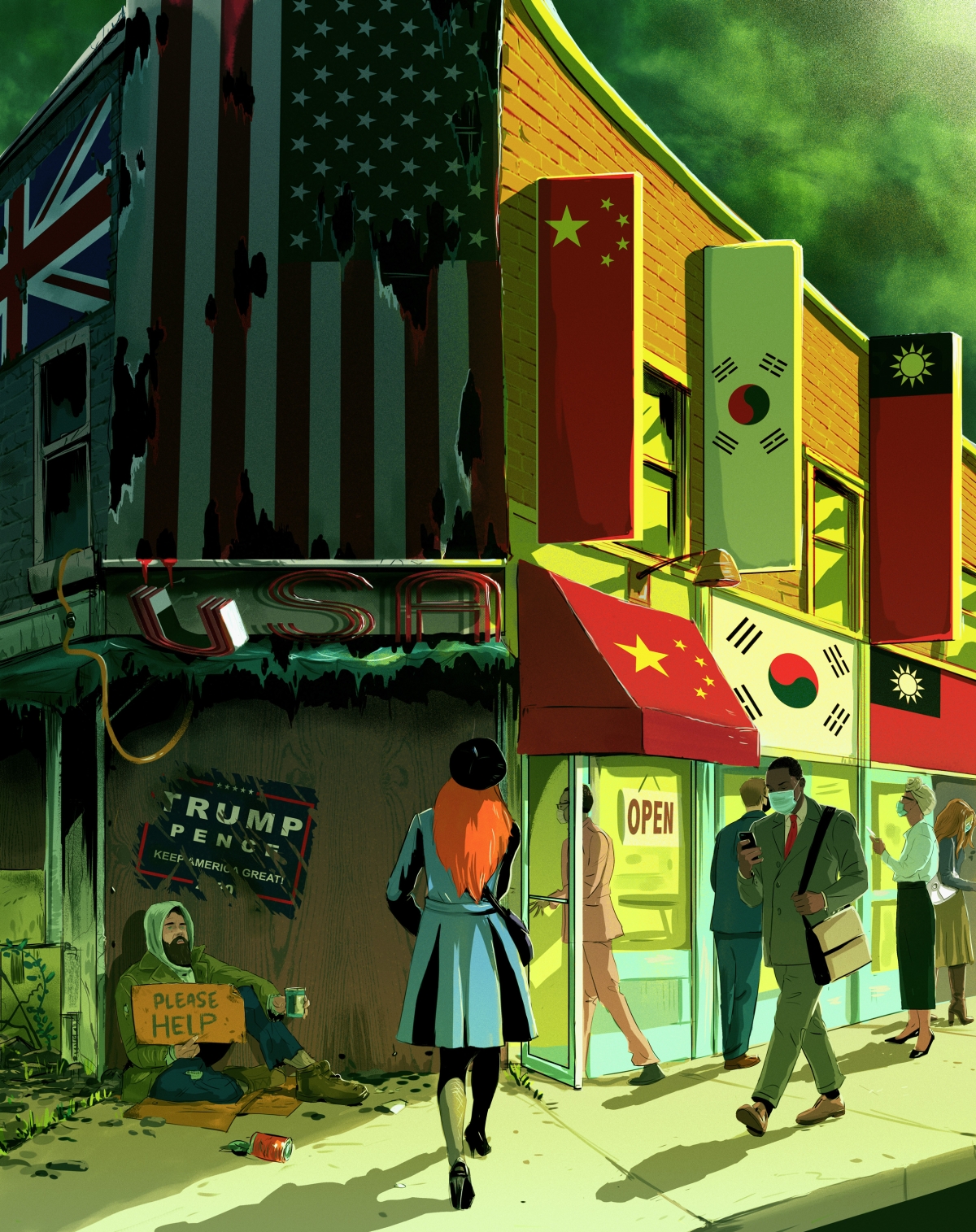
magazine text block
A New Cold War?
Throughout the pandemic, Trump has shown little interest in course correction. Instead, he has pinned America’s woes on rival governors and mayors at home and the great enemy abroad — China. No longer the bungling architect of a 21st century Chernobyl, China was cast by many in Washington as something worse: A new evil empire guilty of fomenting a world-spanning disease and then capable of flexing its geopolitical muscles to cover up its perfidy.
Sino-U.S. relations hit a new nadir. A trade war already gripped the world’s two biggest economies, but that was supplanted by an all the more alarming narrative: The advent of a new Cold War, an ideological and perhaps even civilizational clash between two great powers.
On both sides, there seemed eager combatants. Trump and his Republican allies have raged against the “China virus” and inserted condemnation of the Communist Party into their electoral politicking. The Democrats have tried to one-up them, painting the White House as quiescent to China’s autocratic President Xi Jinping and soft on human rights. In Congress, the U.S.’s bickering factions found a degree of rare bipartisan consensus, slapping sanctions on senior Chinese officials, while sounding the alarm on Beijing’s assault on civil liberties in Hong Kong and its dystopian repression of Muslim minorities in Xinjiang.
In Beijing, officials bemoaned a bullying America that was out of step with international norms and conventions. They derided Trump’s “Cold War mentality” and pleaded that China had no intention of contesting power with the United States. But that belied a perceptible shift in tone: Chinese diplomats abroad became “wolf warriors” in the shadow of the pandemic, sparring with local governments and foreign press over any perceived slight. Under Xi, what faint belief there had been in the possibility of the “liberalization” of China’s one-party state vanished. His regime dismissed criticism over Xinjiang as “fake news” and then ruthlessly moved to silence criticism in Hong Kong with a sweeping national security law. These moves were buttressed by a new intellectual vanguard that had swapped Marx and the rhetoric of revolution for a reactionary philosophy of order that could be traced to thinkers like conservative German legal theorist Carl Schmitt, infamous for his intellectual contribution to the Nazi movement.
The hardening divide between the two powers may provide greater opportunities for some countries capable of exploiting the tensions, but it’s also a source of disquiet for many Asian leaders.
“The strategic choices that the United States and China make will shape the contours of the emerging global order,” wrote Singaporean Prime Minister Lee Hsien Loong in an essay for Foreign Affairs. “It is natural for big powers to compete. But it is their capacity for cooperation that is the true test of statecraft, and it will determine whether humanity makes progress on global problems such as climate change, nuclear proliferation, and the spread of infectious diseases.”
It is entirely possible to imagine that the United States, following the chaotic Trump years, will behave like a more conventional power, seeking to re-establish accommodation with public health institutions both domestically and internationally. But President Trump’s leadership alone cannot solely explain the sheer breadth of vulnerabilities in American governance and society that the pandemic exposed. Nor does China, under the indefinite leadership of Xi Jinping, appear poised to reorient its internal and external policies in response to the pandemic.
And so Asian countries, long tugged between the near and far giants, may emerge as forces in their own rights. The region, after all, boasts the majority of the world’s population and soon the largest share of its economic output. In Europe, leaders long accustomed to looking west when talking about the continent’s political future now can only look east. In the United States, strategists who once believed Washington could set and reinforce the terms of a hemispheric “Pax Americana” in the Asia-Pacific now find themselves adjusting to new realities forged elsewhere.
Since the late 20th century — dubbed by Time magazine’s founder as the “American Century” — there has been talk of the 21st century as the Asian one. It took several geopolitical shocks for the vision of the “American” century to take hold, including the bloodiest war in human history. The pandemic may represent the latest epochal jolt to the system, reshaping how we think about the course of global affairs.
